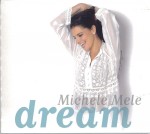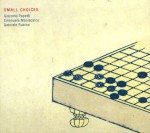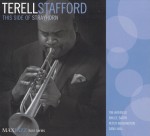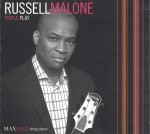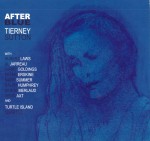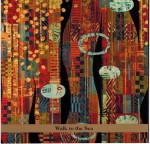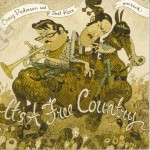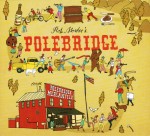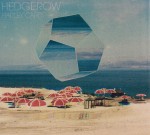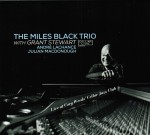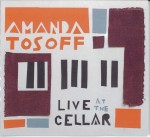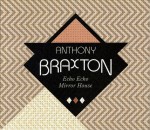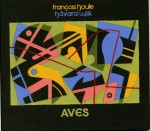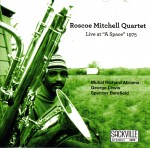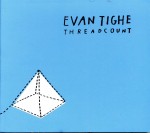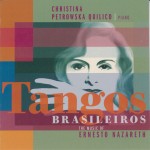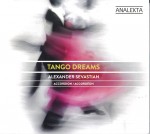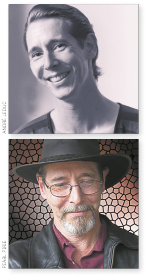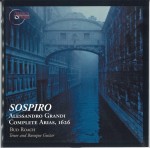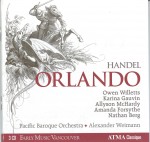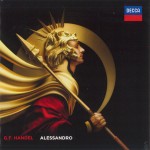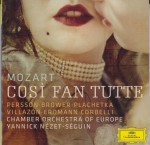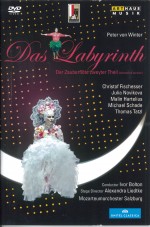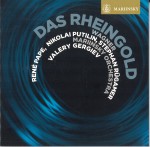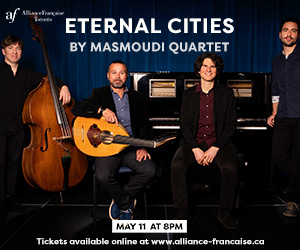Two notable big cubes of CDs this month are well worth investigating. One is from the Metropolitan Opera’s own archives containing ten significant performances of Verdi operas and another from DG, containing their complete recordings of Herbert von Karajan in the 1970s.
October 10 was the 200th anniversary of Verdi’s birth although his mother remembered the 9th as his natal day. The Met, in collaboration with Sony Classical has selected outstanding performances of ten Verdi operas to commemorate this bicentennial year. The first offering in Verdi at the Met is La Traviata from January 5, 1935 and is deservedly legendary. Rosa Ponselle is Violetta with Frederick Jagel as Alfredo and Lawrence Tibbett as Germont. The conductor is Ettore Panizza. Callas said that Ponselle was “the greatest singer of us all” and here is a good reason why. The sound is admittedly very dated, watery in the two preludes, but by and large good enough to hear and appreciate this memorable performance. Panizza also conducts a mighty performance of Otello from February 24, 1940 with Lawrence Tibbett as Iago, Giovanni Martinelli as Otello, Elizabeth Rethberg as Desdemona and Nicola Moscona as Lodovico. This familiar drama’s production is involving and persuasive.
Maestro Panizza’s final outing in this collection stars Jussi Björling and Zinka Milanov in the December 14, 1940 mounting of Un Ballo in Maschera. My late friend Aldo Maggiorotti, who lived and breathed opera, said that Björling sounded better on records than live. So which would this be? Björling is heard a year later as The Duke in Rigoletto from December 29, 1945, together with Leonard Warren as Rigoletto and the legendary Bidu Sayao as Gilda. From February 26, 1949, Fritz Reiner conducts a star-studded Falstaff, illuminated by Giuseppe Di Stefano, Leonard Warren, Regina Resnik, Giuseppe Valdengo and Licia Albanese. Leonard Warren is Simon Boccanegra supported by Astrid Varnay and Richard Tucker under the direction of Fritz Stiedry. From November 29, 1952, now two years into the era of the great and powerful Rudolf Bing (the Met’s general manager from 1950 to 1972) we hear Zinka Milanov, Richard Tucker, Leonard Warren, Jerome Hines and Mildred Miller heading a fine cast in a gorgeous, attention-grabbing and holding performance of La Forza del Destino under Stiedry. The pick-up on the voices and the orchestra is very natural and correctly balanced, supported by convincing dynamics. On February 21, 1959, Leonard Warren assumed the title role in Macbeth with Leonie Rysanek making her triumphant Met debut singing Lady Macbeth, a role she assumed following Callas’ celebrated departure. Jerome Hines is Banquo and Carlo Bergonzi plays Macduff. Erich Leinsdorf conducts. On December 3, 1960, Rysanek, now a Met regular sang Abigaile to Cornell McNeil’s Nabucco with Cesare Siepi and Rosalind Elias, conducted by Thomas Schippers. Part III opens with “Va, Pensiero,” the chorus of the Hebrew slaves that is as familiar to the general public today as it was in Verdi’s time. Finally, Aida from the February 25, 1967 broadcast conducted by Schippers. There could be no other choice for the title role than the pre-eminent Leontyne Price, with Carlo Bergonzi as Ramades, Grace Bumbry as Amneris and Robert Merrill as Amonasro. A living tribute to all involved, although I was very surprised when the audience began applauding before “O terra, addio” was quite finished.
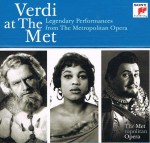 Verdi at the Met (Sony 88883 721202, 20 CDs) is a well-chosen collection of performances spanning 35 years featuring many of the justly celebrated idols of their day. The costly and meticulous restoration of these broadcast recordings was borne by the Lloyd E. Rigler-Lawrence E. Deutsche Foundation and the Dunard Fund USA, who also funded the excellent Wagner at the Met set reviewed earlier this year.
Verdi at the Met (Sony 88883 721202, 20 CDs) is a well-chosen collection of performances spanning 35 years featuring many of the justly celebrated idols of their day. The costly and meticulous restoration of these broadcast recordings was borne by the Lloyd E. Rigler-Lawrence E. Deutsche Foundation and the Dunard Fund USA, who also funded the excellent Wagner at the Met set reviewed earlier this year.
Glenn Gould was a great admirer of Herbert von Karajan and the admiration was reciprocated to the extent that they had attempted to co-ordinate their windows of opportunity to record a Beethoven concerto cycle. They had performed together in Berlin on May 26, 1957 playing the third concerto. Gould said that the only live performance he would ever wish to attend was a Karajan concert. They were like-minded about the merits of studio recordings which could be honed to “perfection” versus those of a one-shot, live concert performance.
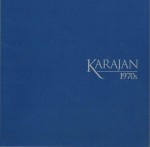 Karajan 1970s (DG 4791577) is an 82-CD set containing all his orchestral recordings made by DG in that period. They are analog “studio” recordings. Until 1973 they continued to use the acoustically perfect Jesus Christus-Kirche, Berlin and after that they recorded in the Philharmonie.
Karajan 1970s (DG 4791577) is an 82-CD set containing all his orchestral recordings made by DG in that period. They are analog “studio” recordings. Until 1973 they continued to use the acoustically perfect Jesus Christus-Kirche, Berlin and after that they recorded in the Philharmonie.
There is no way of knowing how much time was spent rehearsing the familiar warhorses on disc 10, Opernballette, containing “The Polovtsian Dances,” the usual two from Eugen Onegin, ballet music from Aida and Otello and the “Dance of the Hours.” All familiar pieces but what made these performances outstanding was Karajan’s characteristic total dedication to each work, according it the care and attention to the composer’s intentions that he bestowed on more demanding works. By the time these recordings were made, January/February 1971, conductor and orchestra were already a single entity and they continued to produce outstanding, often unrivaled performances, as the more than 200 on these discs of repertoire from Corelli, Vivaldi and Bach to Berg, Schoenberg and Webern attest. There are no ho-hums here.
Each of the 82 discs bears the Original Image Bit Processing identification that the early mastering has been superseded by newer technology to replicate the original tapes. An informative book contains biographical material and a Karajan timeline together with details of the recording sessions. Missing, I regret, is a simple alphabetical listing of the pieces to make it simple to locate any work in the box. See a presentation video at arkivmusic.com/classical/album.jsp?album_id=993685.
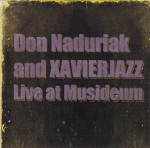 Live at Musideum
Live at Musideum

